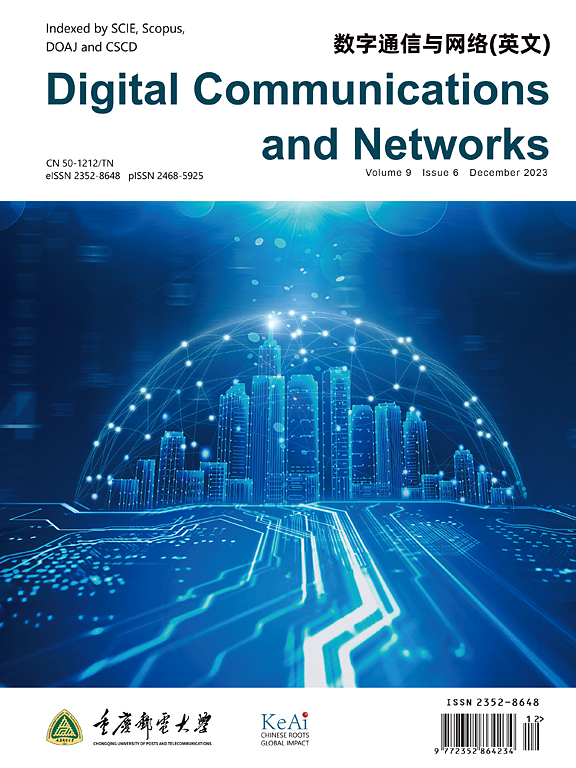端到端多粒因果关系提取模型
IF 7.5
2区 计算机科学
Q1 TELECOMMUNICATIONS
引用次数: 0
摘要
本文章由计算机程序翻译,如有差异,请以英文原文为准。
End-to-end multi-granulation causality extraction model
Causality extraction has become a crucial task in natural language processing and knowledge graph. However, most existing methods divide causality extraction into two subtasks: extraction of candidate causal pairs and classification of causality. These methods result in cascading errors and the loss of associated contextual information. Therefore, in this study, based on graph theory, an End-to-end Multi-Granulation Causality Extraction model (EMGCE) is proposed to extract explicit causality and directly mine implicit causality. First, the sentences are represented on different granulation layers, that contain character, word, and contextual string layers. The word layer is fine-grained into three layers: word-index, word-embedding and word-position-embedding layers. Then, a granular causality tree of dataset is built based on the word-index layer. Next, an improved tagREtriplet algorithm is designed to obtain the labeled causality based on the granular causality tree. It can transform the task into a sequence labeling task. Subsequently, the multi-granulation semantic representation is fed into the neural network model to extract causality. Finally, based on the extended public SemEval 2010 Task 8 dataset, the experimental results demonstrate that EMGCE is effective.
求助全文
通过发布文献求助,成功后即可免费获取论文全文。
去求助
来源期刊

Digital Communications and Networks
Computer Science-Hardware and Architecture
CiteScore
12.80
自引率
5.10%
发文量
915
审稿时长
30 weeks
期刊介绍:
Digital Communications and Networks is a prestigious journal that emphasizes on communication systems and networks. We publish only top-notch original articles and authoritative reviews, which undergo rigorous peer-review. We are proud to announce that all our articles are fully Open Access and can be accessed on ScienceDirect. Our journal is recognized and indexed by eminent databases such as the Science Citation Index Expanded (SCIE) and Scopus.
In addition to regular articles, we may also consider exceptional conference papers that have been significantly expanded. Furthermore, we periodically release special issues that focus on specific aspects of the field.
In conclusion, Digital Communications and Networks is a leading journal that guarantees exceptional quality and accessibility for researchers and scholars in the field of communication systems and networks.
 求助内容:
求助内容: 应助结果提醒方式:
应助结果提醒方式:


